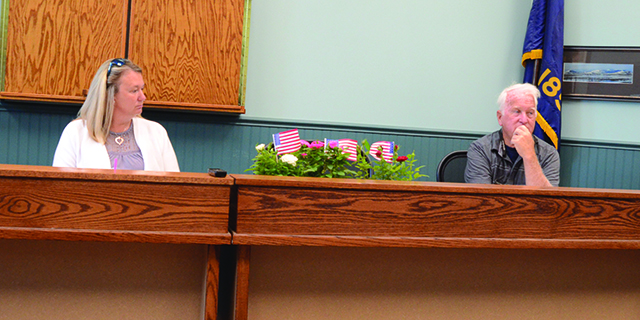Treaty rights without fish are meaningless
Published 9:51 am Tuesday, July 26, 2016
The fishing rights guaranteed to Indians by treaties and court decisions are meaningless if there are few fish to catch. These “treaty tribes” are entitled to half the salmon. But 50 percent of nothing is nothing. Tribal negotiators are increasingly insisting that there be actual flesh attached to the bare bones of treaty rights.
As a practical matter, this means the team of agencies responsible for salmon must ensure that salmon prosper through a combination of strategies, such as hatcheries, habitat restoration, modifications of hydropower operations, predator management and harvest adjustments.
Trending
The current management plan, a result of a federal court ruling, expires Dec. 31, 2017. The states, tribes and feds have started deciding what comes next in terms of harvest strategies.
It is possible the next harvest plan will be essentially identical to the current one, which is based on stock abundance. This means estimating how many fish are returning in various runs, including the 13 species covered by the Endangered Species Act. Managers then determine how many can be caught before the species recover to a healthy population.
There are several suggested alternatives — even including no harvest at all. Chances are good that agencies will prefer to stick to something pretty close to the status quo. But our region’s many nongovernmental experts — including commercial and recreational fishermen on the Columbia River — may have better ideas and should promote them.
Underlying any approach, we all should bear in mind the principle of insisting on a path toward sustainable salmon recovery, and resist squabbling over a share in an ever-threatened and too often diminishing set of salmon runs. Different fishing interests, cooperating together, must advocate for actual recovery, and be unsatisfied with small percentages of small salmon runs.








